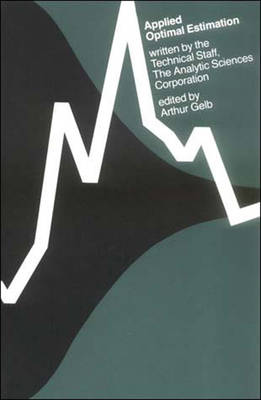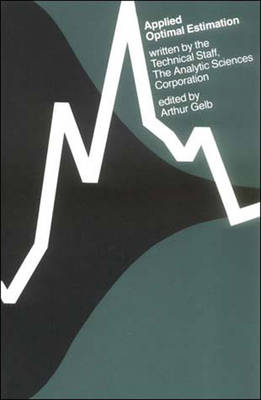
- Retrait gratuit dans votre magasin Club
- 7.000.000 titres dans notre catalogue
- Payer en toute sécurité
- Toujours un magasin près de chez vous
- Retrait gratuit dans votre magasin Club
- 7.000.000 titres dans notre catalogue
- Payer en toute sécurité
- Toujours un magasin près de chez vous
Description
Arthur Gelb writes in the Foreword that "It is our intent throughout to provide a simple and interesting picture of the central issues underlying modern estimation theory and practice. Heuristic, rather than theoretically elegant, arguments are used extensively, with emphasis on physical insights and key questions of practical importance."
Numerous illustrative examples, many based on actual applications, have been interspersed throughout the text to lead the student to a concrete understanding of the theoretical material. The inclusion of problems with "built-in" answers at the end of each of the nine chapters further enhances the self-study potential of the text.
After a brief historical prelude, the book introduces the mathematics underlying random process theory and state-space characterization of linear dynamic systems. The theory and practice of optimal estimation is them presented, including filtering, smoothing, and prediction. Both linear and non-linear systems, and continuous- and discrete-time cases, are covered in considerable detail. New results are described concerning the application of covariance analysis to non-linear systems and the connection between observers and optimal estimators. The final chapters treat such practical and often pivotal issues as suboptimal structure, and computer loading considerations.
This book is an outgrowth of a course given by TASC at a number of US Government facilities. Virtually all of the members of the TASC technical staff have, at one time and in one way or another, contributed to the material contained in the work.
Spécifications
Parties prenantes
- Auteur(s) :
- Editeur:
Contenu
- Nombre de pages :
- 374
- Langue:
- Anglais
- Collection :
Caractéristiques
- EAN:
- 9780262570480
- Date de parution :
- 15-05-74
- Format:
- Livre broché
- Format numérique:
- Trade paperback (VS)
- Dimensions :
- 152 mm x 228 mm
- Poids :
- 512 g







